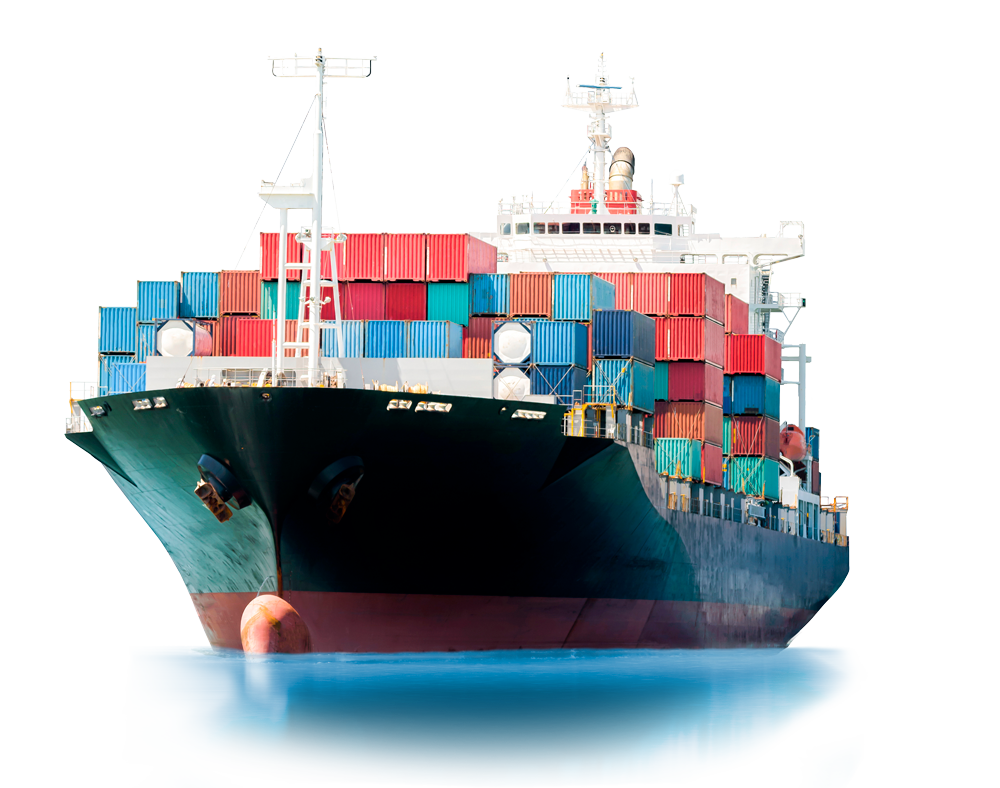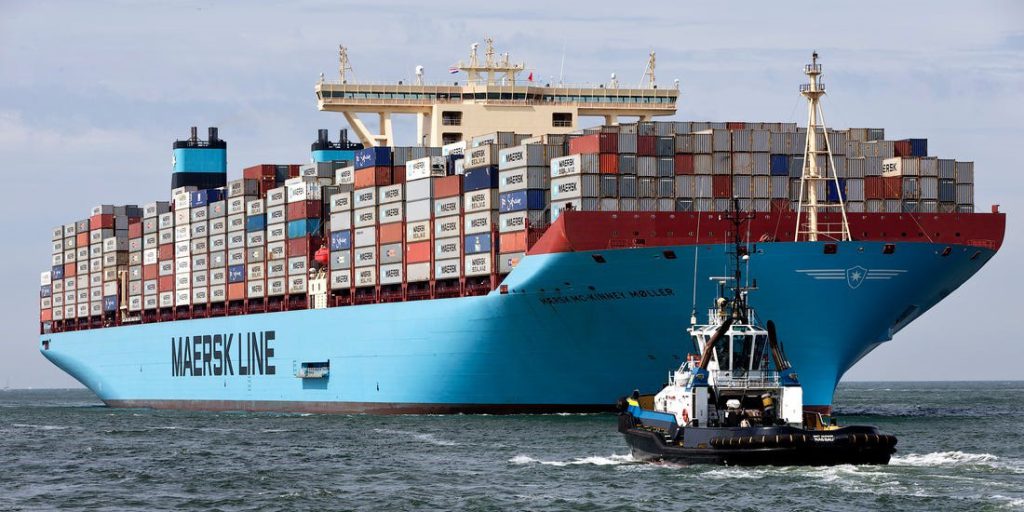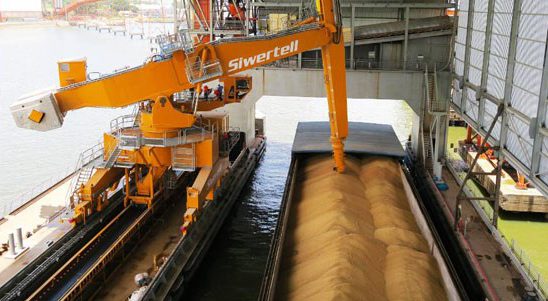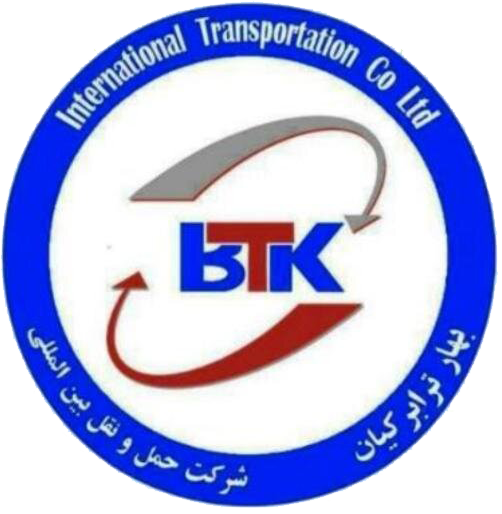Marine transportation means moving people, goods, etc. by boat, ship and other vessels across oceans, seas, lakes, canals and rivers. This type of transportation for bulk and relatively heavy goods is cheaper than other methods, so the owners of goods and commercial companies carry out the largest volume of movement in this way. Iran, with more than 2,700 kilometers of coastal borders in the north and south, as well as its special geographical location, can act as one of the main sources of international transportation, especially sea transportation in the region.















